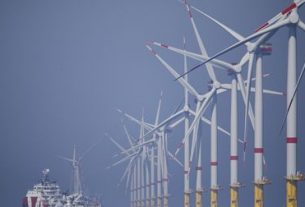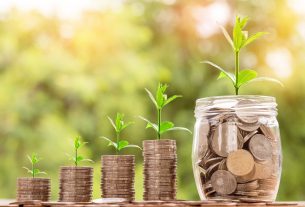The Netherlands – Two years ago, as part of the construction of the Hollandse Kust Zuid (HKZ) offshore wind farm, nine artificial reefs were submerged beneath the waves. Today, these man-made havens for marine life are revealing their potential to transform the underwater ecosystem.
To gain a comprehensive understanding of the long-term development of biodiversity, Vattenfall plans to monitor the reefs at three different stages: in 2024, 2028, and 2033.
KOBINE project
Vattenfall recently partnered with the KOBINE project, a study that assesses the costs and benefits of nature-inclusive measures. This collaboration not only allowed knowledge sharing but also expedited an expedition to inspect the HKZ reefs ahead of schedule.
The KOBINE project employs two methods to study marine life: water samples and video recordings. Water samples are filtered and analyzed for DNA traces, helping identify fish species and providing an initial indication of biodiversity. Video recordings, captured using autonomous underwater vehicles, offer a visual perspective of underwater life.
Reviving and preserving marine life
The combination of these techniques allows researchers to complement each other’s findings. While videos provide visual evidence, water samples offer important additional information, especially when dealing with small or hidden species or murky waters.
Marine life at the HKZ reefs is already flourishing, with mussels, anemones, starfish, and fish making their homes. This early success is promising for the marine ecosystem. The deployment of artificial reefs in the Hollandse Kust Zuid Wind Farm isn’t just about renewable energy; it’s a significant step toward reviving and preserving marine life in the North Sea.




